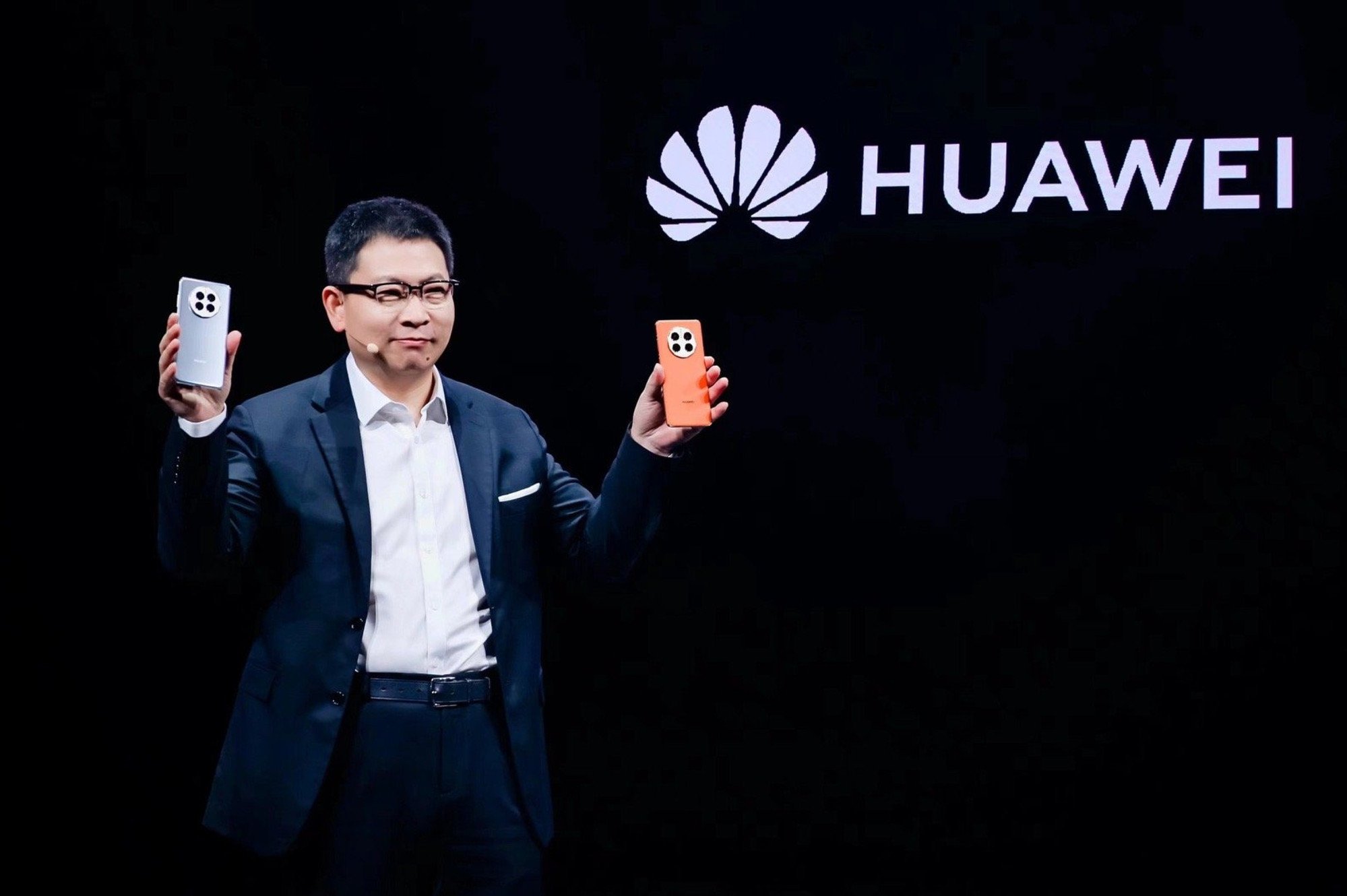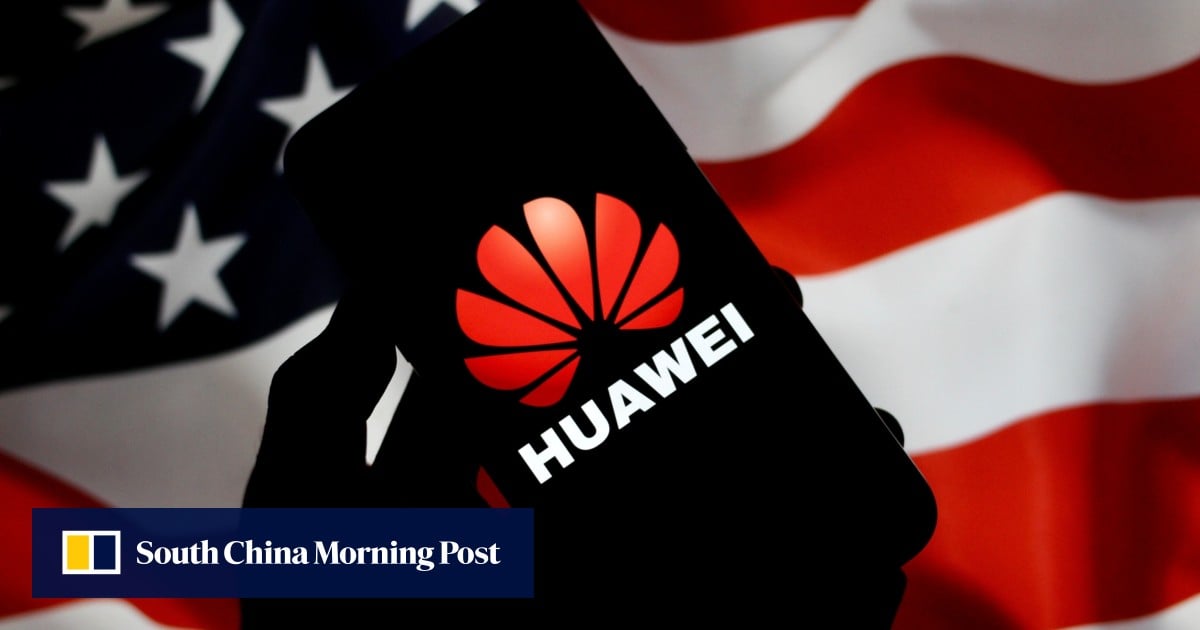“My team wasn’t able to start operations,” Yu said. “As the global leader in 5G technology, we didn’t even have 5G [smartphones] ourselves. Our days were incredibly difficult.”

His candid, live-streamed recollection on Monday shines a light on the lengths taken by Huawei to overcome US restrictions and revive its once-profitable smartphone business, years after the firm was blacklisted by Washington.
While Huawei has remained tight-lipped over that development, distributors and employees at the company’s stores have started providing details to customers about the processor used in the firm’s flagship smartphones.

“Huawei smartphones use domestically made chips instead of integrating Western chips, so our users are also making a contribution to the rise of China’s electronics supply chain,” Yu said.
The privately-held company is expected to ship more than 50 million handsets in China this year, reclaiming the top spot on the mainland with a projected 19 per cent market share, up from 12 per cent in 2023, according to research firm TechInsights.
Huawei also expects to break the dominance of Western mobile operating systems in mainland China when it releases HarmonyOS Next, which will end support for Android apps.
Still, Huawei could face tighter scrutiny after the Biden administration this year revoked eight licences that enabled some US companies to ship goods to the company, according to a Reuters report earlier this month.

